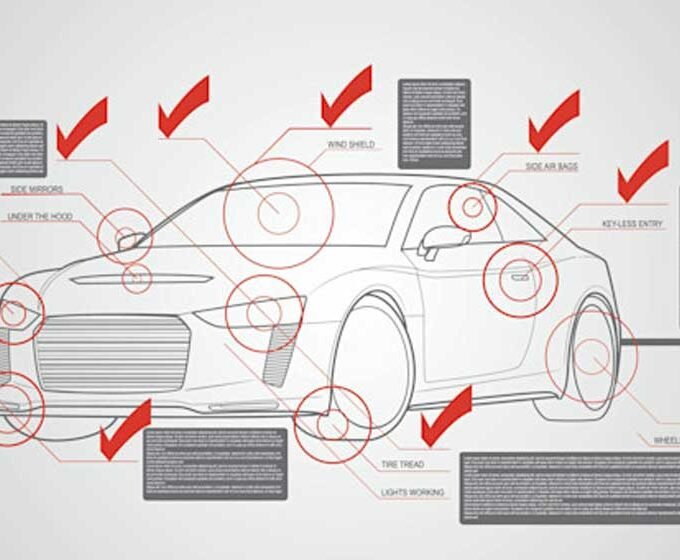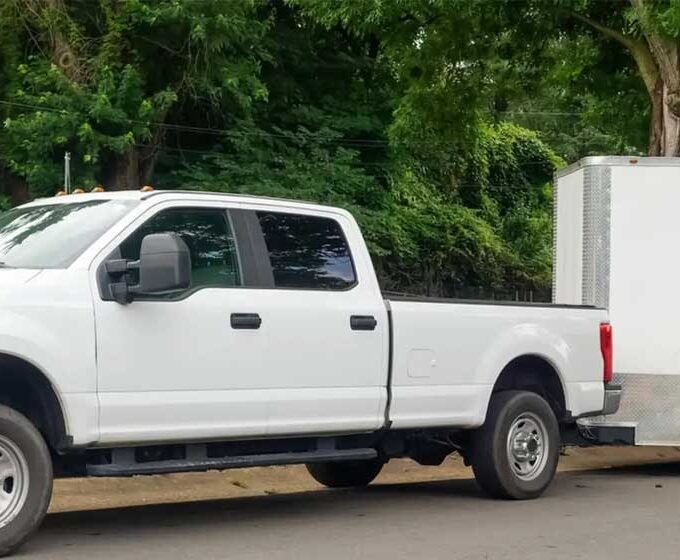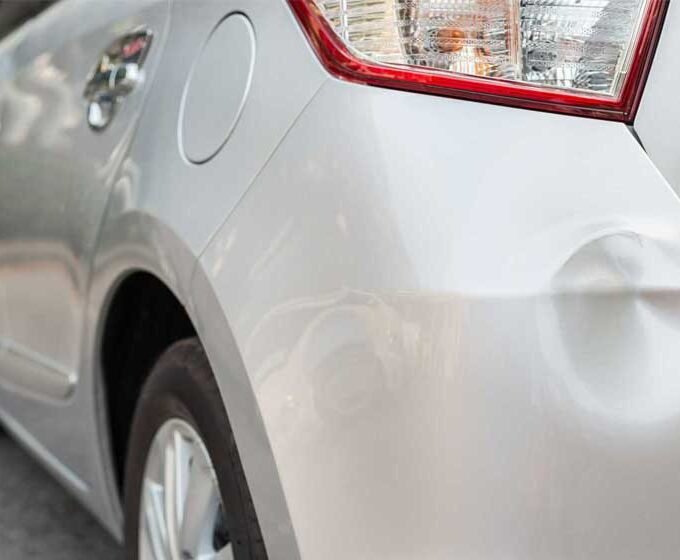When your car doesn’t start or breaks down on the road, you may have thought about towing it with a rope. While this may seem like a quick and easy solution, you need to understand why towing a car using a rope is not advisable.
The lack of flexibility can cause sudden jerks and movements that could be dangerous. Legal restrictions may apply depending on your location and the weight of the towed vehicle.
Understanding the drawbacks of rope towing is vital for ensuring your safety and the safety of other drivers on the road and the vehicles being towed.
We’ll discuss why using ropes to tow a car isn’t good and what you can do to make it safe.
Why It Is Not Advisable to Tow a Car Using a Rope: Know the Causes
The following are a few reasons why towing a vehicle isn’t a good idea with a rope:
- Safety Concerns
- Lack of Flexibility
- Legal Restrictions
- Lack of Control and Stability
Let us take a closer look at the reasons.
1. Safety Concerns
Using a rope to tow a car is not advisable due to the significant safety risks it poses. The weight and tension of the towed vehicle can cause the rope to break and potentially put you and other drivers in danger.
When towing with a rope, there is no control over the direction or speed of the towed vehicle.
This can lead to potential collisions with other vehicles or pedestrians. Aside from that, sudden stops or jerks can cause the towed car to slam into your vehicle, causing damage or injury.
2. Lack of Flexibility
Ropes don’t have the flexibility you need for towing, which can cause additional stress on your vehicle and damage to both.
Since ropes aren’t designed for towing, they can’t absorb shock as well as a tow strap or chain. This can result in abrupt shifting while towing, which significantly strains your car’s frame and suspension components.
3. Legal Restrictions
Towing a car with a rope is not only unsafe but also subject to legal restrictions in some states. These regulations are put in place to prioritize road safety and minimize the risks associated with improper towing methods.
Violating towing regulations can have serious consequences, including penalties, fines, and even vehicle impoundment.
Researching and understanding the towing laws specific to your jurisdiction is important to ensure compliance and avoid any legal complications.
4. Lack of Control and Stability
When towing with a rope, consider the lack of control and stability that can lead to unpredictable movements and potential accidents.
Unlike specialized towing equipment such as tow straps or tow bars, ropes lack the control and stability required for safe towing.
Ropes can easily unravel or come loose during the towing process. This can lead to erratic, jumpy motions that can cause the driver of both vehicles to lose control.
Also, ropes are not designed to absorb shock or distribute weight evenly, which can damage both vehicles involved in the towing process.
How much weight can a tow rope hold?
The weight capacity of a tow rope depends on its breaking strength, which can vary based on design and materials.
A standard tow rope may have a breaking strength of around 23,000 lbs, while heavier-duty ropes can have higher breaking strengths
You need to note that a tow rope’s weight capacity does not solely determine its suitability for towing.
Although rope isn’t recommended for towing, if you must, select a tow rope whose breaking strength is 2 to 2.5 times the weight of the vehicle or load being towed. This ensures sufficient safety margins and prevents damage or accidents during towing operations.
Before using any tow rope, check its specifications carefully and ensure it can handle the intended load within safe limits.
What is the safest and most recommended approach for towing a car?
Using the right towing equipment, like tow straps or tow bars, is the smartest way to tow a car. The tow straps are strong and durable, ensuring they can handle the weight of the load being towed without breaking.
Alternatively, tow bars offer a rigid connection between the towed and towed vehicles, minimizing sudden movements or jerks during towing.
Using a car-hauling trailer, either open or enclosed, is another safe way to tow a car. With a car hauler, all four wheels of the towed vehicle sit securely on the trailer, providing stability and reducing the chances of accidents.
If you’re not sure about towing the car yourself or don’t have the necessary equipment, it’s best to call a professional towing service like Big Truck Tow.
A professional towing service has the experience, expertise, and equipment to handle towing. They can make sure the towing equipment is attached correctly, assess the weight capacity, and follow towing regulations.
What is the 80% rule for towing?
The 80% rule for towing is a safety guideline that advises not to exceed 80% of your maximum towing capacity.
This rule provides a margin of safety by allowing for human error in calculations. Because of this, it prevents your vehicle from being pushed to its maximum capacity each time you pull a trailer.
How do you calculate towing limits?
To calculate the towing limits of your vehicle, you typically subtract the gross vehicle weight (GVW) from the gross train weight (GTW).
The GVW refers to the total weight of your vehicle, including passengers, cargo, and fuel. On the other hand, the GTW represents the combined weight of your vehicle and the trailer being towed, including its load.
You can figure out how much weight your vehicle can tow by subtracting the GVW from the GTW.
Stay Safe with Right Towing Tools and Techniques
It’s now clear why you shouldn’t tow a car with a rope. A towed vehicle’s weight and the tension from the rope can damage both vehicles, putting everyone involved in danger.
To ensure your towing experience is safe and efficient, always use proper equipment, such as a tow bar or a flatbed trailer.
These methods are safer because they evenly distribute the weight of the vehicle being towed, making it less likely for any damage or accidents to occur.
Remember that safety should always come first when towing a car. So take the time to properly equip yourself with the necessary tools and methods before beginning any towing operation.
Be responsible on the road and avoid harming yourself or others by following best practices for safe towing.
















